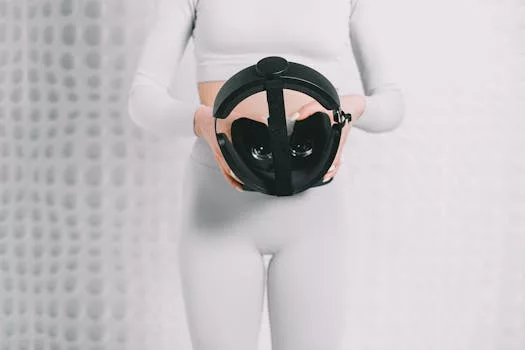
“
The Rise of Smart Accessories: How Wearable Tech Will Transform Fashion by 2025
The Rise of Smart Accessories: How Wearable Tech Will Transform Fashion by 2025. The world of fashion is on the cusp of a revolution, driven by the convergence of style and technology. Wearable tech, once a novelty, has become a mainstream phenomenon, with smart accessories poised to transform the fashion industry by 2025.
Introduction to Wearable Tech
Wearable tech, also known as wearable technology or wearables, refers to electronic devices that are designed to be worn on the body. These devices can be worn as accessories, such as watches, glasses, or jewelry, or integrated into clothing, such as smart shirts or shoes. Wearable tech has been around for several decades, but it wasn’t until the launch of the first smartwatch in 2010 that the industry began to gain traction. For more insights, check out our article on Next-Gen Wearables: What 2025 Has in Store for Tech Enthusiasts.
Types of Wearable Tech
There are several types of wearable tech, each with its own unique features and functions. Some of the most popular types of wearable tech include:
- Smartwatches: Smartwatches are one of the most popular types of wearable tech. They can track fitness metrics, such as steps taken and calories burned, and also provide notifications and control music playback.
- Fitbit: Fitbit is a type of wearable tech that is specifically designed for fitness tracking. It can track sleep patterns, heart rate, and other health metrics.
- Smart Glasses: Smart glasses, such as Google Glass, are wearable devices that have a built-in computer and can display information, such as text messages and emails, in front of the user’s eyes.
- Smart Jewelry: Smart jewelry, such as smart rings and smart necklaces, are wearable devices that can track fitness metrics and provide notifications.
How Wearable Tech Will Transform Fashion
Wearable tech is poised to transform the fashion industry in several ways. Some of the ways that wearable tech will impact fashion include:
- Increased Personalization: Wearable tech will allow consumers to track their personal style and preferences, enabling them to create a more personalized wardrobe.
- Improved Sustainability: Wearable tech will enable consumers to track the environmental impact of their fashion choices, allowing them to make more sustainable decisions.
- Enhanced Customer Experience: Wearable tech will enable retailers to provide a more immersive and interactive customer experience, such as virtual try-on and personalized recommendations.
- New Business Models: Wearable tech will enable new business models, such as subscription-based services and product-as-a-service, which will change the way that fashion companies operate.
Conclusion
In conclusion, wearable tech is transforming the fashion industry in several ways. From increased personalization to improved sustainability, wearable tech is revolutionizing the way that we think about fashion. As we look to the future, it’s clear that wearable tech will play a major role in shaping the fashion industry by 2025. To learn more about the intersection of technology and fashion, read our piece on Fashion Meets Function: The Stylish Wearables Transforming 2026.
Future of Wearable Tech in Fashion
The future of wearable tech in fashion is exciting and unpredictable. As technology continues to evolve, we can expect to see even more innovative and stylish wearable devices. Some of the trends that are expected to shape the future of wearable tech in fashion include:
- Artificial Intelligence: Artificial intelligence will play a major role in the future of wearable tech, enabling devices to learn and adapt to the user’s behavior.
- Internet of Things: The internet of things will enable wearable devices to connect and communicate with other devices, creating a more seamless and integrated experience.
- Sustainable Materials: Sustainable materials will become increasingly important in the production of wearable tech, as consumers become more environmentally conscious.
- Virtual Try-On: Virtual try-on technology will become more prevalent, allowing consumers to try on clothes virtually and reducing the need for physical prototypes.
Challenges and Limitations
While wearable tech has the potential to transform the fashion industry, there are also several challenges and limitations that need to be addressed. Some of the challenges and limitations include:
- Privacy Concerns: Wearable tech raises several privacy concerns, such as the collection and use of personal data.
- Security Risks: Wearable devices can be vulnerable to hacking and other security risks, which can compromise the user’s personal data.
- Cost and Affordability: Wearable tech can be expensive, making it inaccessible to many consumers.
- Design and Aesthetics: Wearable devices can be bulky and unattractive, which can limit their appeal to fashion-conscious consumers.
Conclusion
In conclusion, wearable tech has the potential to transform the fashion industry in several ways. From increased personalization to improved sustainability, wearable tech is revolutionizing the way that we think about fashion. While there are several challenges and limitations that need to be addressed, the future of wearable tech in fashion is exciting and unpredictable. For a deeper dive into the impact of technology on fashion, explore our article on The Impact of AI on Wearable Technology: Trends to Watch in 2026.



